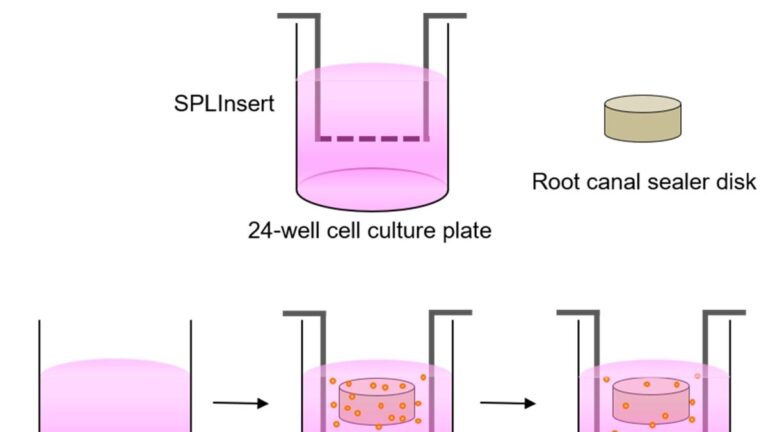Endodontics, a specialized field of dentistry, is constantly evolving with the advancement of technology and materials used for root canal treatments. A key part of this treatment involves the use of endodontic sealants, which help eliminate root canal infections and seal the tooth’s canal system. However, the potential cytotoxicity and genotoxicity of these sealants have raised concerns among dental professionals, encouraging researchers to evaluate their biocompatibility more thoroughly.
Understanding the Effects of Endodontic Sealants
Recent studies have focused on conducting in vitro tests to evaluate the biocompatibility of different endodontic sealers. These studies aimed to reject the null hypothesis by finding statistically significant differences in cytotoxicity and genotoxicity among the tested sealants. The results highlight the importance of verifying the potential damage these sealants could cause at the cellular level before using them in clinical practice.
Biocompatibility of calcium silicate sealants
One study specifically evaluated the cytotoxicity and genotoxicity of calcium silicate-based sealants compared to epoxy-based sealants. The findings revealed that BioRoot Flow, a calcium silicate-based sealant, significantly reduced the viability of human gingival fibroblasts (hGF), indicating its cytotoxic potential. Additionally, both BioRoot Flow and BioRoot RCS, another calcium silicate-based sealant, were found to be potentially genotoxic to hGF cells. This study highlights the need for careful choice of sealants to prevent cytotoxicity and genotoxicity, highlighting the critical role of sealant biocompatibility in dentistry.
Physicochemical Properties of Endodontic Sealants
Another study examined the physicochemical properties of calcium silicate cement-based sealants, comparing them to an epoxy resin sealant. The research found differences in the properties of the sealants, noting in particular that the AH Plus Bioceramic sealant was more soluble than the others. This solubility could affect the quality of the root canal filling. However, the study also highlighted the bioactive properties of these sealants, with calcium silicate-based hydraulic sealants showing antibacterial activity and bioactivity.
Rehabilitation Strategies and Future Research
While existing research provides valuable insights into the biocompatibility of endodontic sealants, it also highlights the need for further investigation. For example, one study highlighted the need for comprehensive research on retreatment strategies for cases filled with calcium silicate-based root canal sealers. Additionally, the study highlighted the challenges associated with removing these sealants, indicating potential areas for future research.
Investigation of bioceramic intracanal medication
In addition to sealers, the bioactive potential of bioceramic intracanal drugs has also been investigated. One study compared the drug Bio C Temp and Calen in a subcutaneous tissue study in rats, focusing on calcium ion release, alkaline phosphatase activity, and immunoexpression of bone proteins. The results showed that Bio C Temp could have bioactive potential and promotes the increase of osteogenic response.
The role of Nanotechnology in Pediatric Dentistry
Future research also opens up the possibility of incorporating nanotechnology for drug delivery in pediatric dentistry. A study examined the potential of nanoscale therapeutics in this area, emphasizing the biocompatibility and efficacy of these nanomaterials. However, the safety and efficacy of these polymer-based drug delivery systems need further investigation, indicating the future of personalized therapies in pediatric dentistry.
In conclusion, the biocompatibility of endodontic sealants is of utmost importance, considering their potential cytotoxicity and genotoxicity. Dental professionals should be aware of the properties of these sealants and the potential systemic and local effects they may have. Future research should focus on investigating these effects further, using traditional microscopic and spectroscopic techniques to improve our understanding of these materials.


